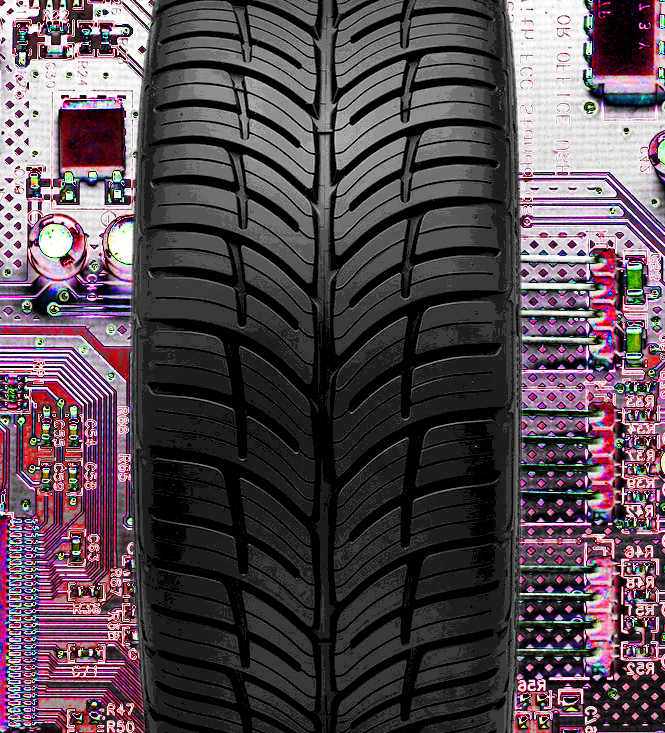Maps checked for AV future
 Australian researchers are looking at the new data required for the next age of transport.
Australian researchers are looking at the new data required for the next age of transport.
To operate safely, driverless cars and other automated vehicles (AVs) require purpose-built, high-definition maps. These maps contain significantly more detailed information than those found in current conventional systems like Google Maps.
A new collaboration through the iMOVE Cooperative Research Centre is reviewing the global state of HD map development, looking at what models are being considered by governments and industry internationally for creating and maintaining these maps.
“Getting the fundamentals right is crucial if we want to reap the benefits and minimise issues from the introduction of AVs on our roads,” says Ian Christensen, Managing Director at iMOVE.
“This project is an important stepping stone in an area already identified through evidence-based research as a very high priority for a safe, successful AV future.”
Queensland's Department of Transport and Main Roads (TMR) is involved too, looking from a government perspective at the requirements for geospatial data to support the operation of autonomous vehicles now and in the future.
Queensland has the longest state-controlled road network in Australia, and it will require reliable mapping for the deployment of AVs.
Queensland Transport and Main Roads Minister Mark Bailey says new technologies will make roads faster, safer and more convenient, while also supporting jobs in new and emerging industries.
“Global economies have been impacted by COVID-19, and Queensland hasn’t been immune, but the state’s strong health response so far means we can continue to deliver a plan to Unite and Recover for Queensland Jobs,” Mr Bailey said.
“That includes nurturing advanced technologies and creating jobs in this space.
“This study will help us understand and expedite introduction of automated vehicle technologies on our roads.”








 Print
Print